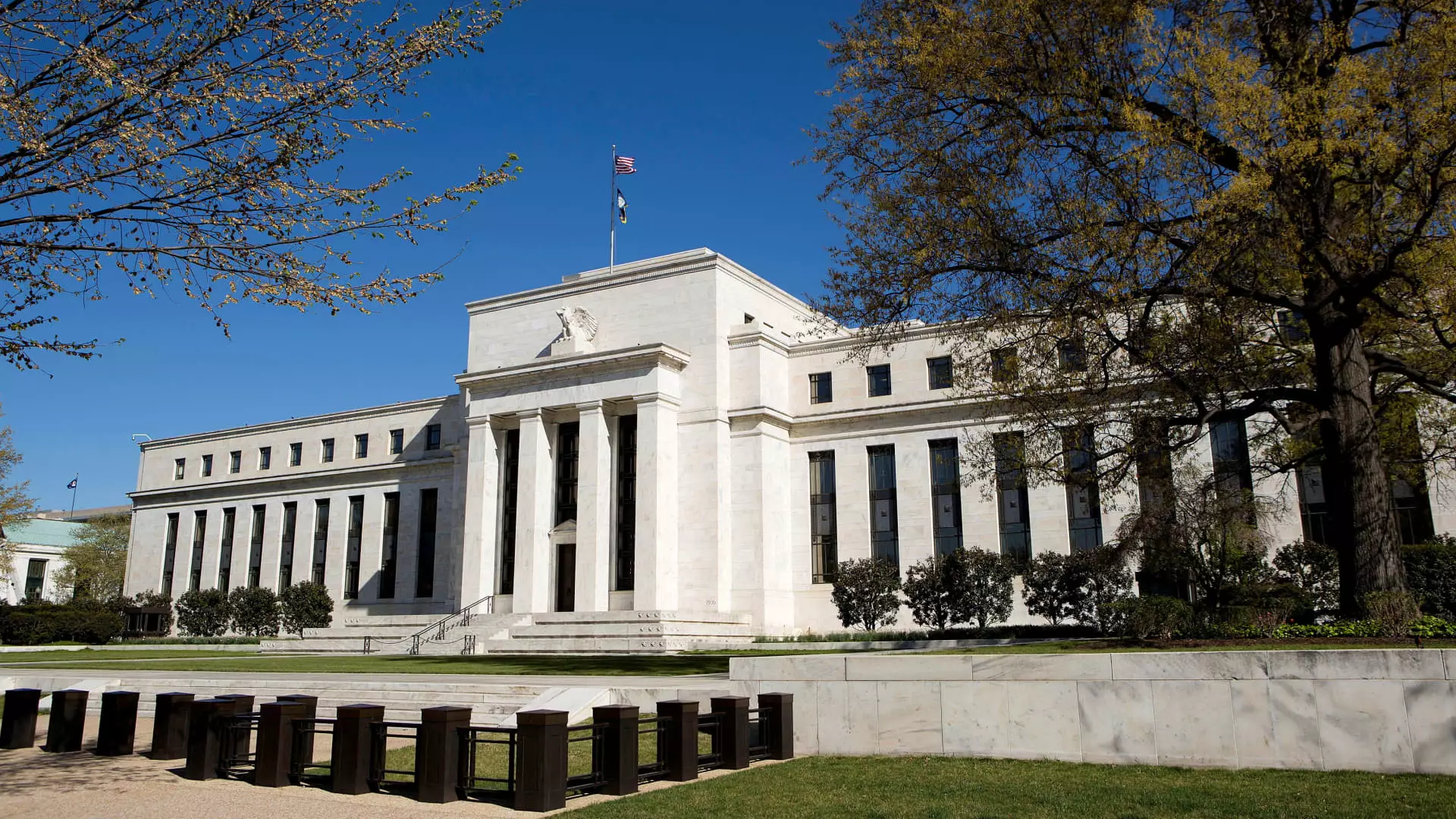The recent announcement from the Federal Reserve regarding a quarter-point reduction in its benchmark interest rate comes as a critical juncture in the wake of the 2024 election, where President-elect Donald Trump emerged victorious. Many Americans have been grappling with economic anxiety primarily driven by high inflation, which has severely impacted their ability to meet daily expenses. This ratcheted-up cost of living had created an atmosphere of uncertainty in the months leading up to the election. However, recent data indicating a drop in inflation has prompted the Fed to act, presenting what could be seen as a financial lifeline to consumers burdened by escalating living costs.
To contextualize this rate cut, it’s essential to consider the Fed’s dual mandate: managing inflation while promoting maximum employment. Although inflation rates appear to be trending downwards, the repercussions of nearly two years of increasing interest rates have left many Americans feeling financially vulnerable. The Fed’s decision, which follows a previous half-point cut, aims to stabilize an economy that many believe has been teetering on the edge of recession.
The Immediate Impact on Consumer Borrowing
The quarter-point reduction directly affects the federal funds rate, a crucial benchmark for financial institutions that sets the stage for various borrowing costs throughout the economy. As consumers prepare to navigate their financial decisions, understanding how this rate adjustment will impact debt obligations is vital.
Credit card debt is often variable, meaning that a move by the Fed can translate directly to consumer interest rates. Following a significant increase in average credit card interest from about 16.34% in March 2022 to over 20% today, individuals may now find comfort in the prospect of declining rates. However, experts caution that while rates may initiate a downward trend, tangible reductions in monthly bills will likely take time. For consumers, proactive strategies like seeking better financing options or utilizing low- or zero-interest balance transfers may mitigate some financial pressure.
The automotive market has not been immune to the financial turbulence; the average interest rate for a five-year car loan has surged as high as 7%—nearly double what it was before the Fed began hiking rates. Despite this persistent pressure, experts predict that the latest rate cut might slowly ease some of these burdens. If lenders adjust to a more competitive environment, it could soon become feasible for consumers to secure more favorable loan terms.
Moreover, Trump’s advocacy for broader financial reforms, including tax-deductible car loan payments, should be viewed within the context of ongoing negotiations within Congress. Should his proposals gain traction, they could provide additional relief for car buyers who are presently wrestling with exorbitant financing rates.
Housing affordability has increasingly dominated public discourse, especially as mortgage rates soared in tandem with the Fed’s rate hikes. Although fixed mortgage rates typically correlate with the broader economic environment rather than the Fed’s adjustments alone, a decrease in the target rate could indeed exert some downward pressure on them.
Currently, the average 30-year mortgage rate hovers around 6.81%. While potential homebuyers may welcome a slight downturn in these rates as a promising sign, industry experts suggest that this won’t yield dramatic shifts in home financing costs immediately. Continuing uncertainties in the broader economy might mean that mortgage borrowers still face uphill battles regarding affordability in the housing market.
Federal interest rates generally have little immediate impact on student loans due to fixed-rate nature; thus, borrowers may see limited immediate relief. However, those with private loans—or varying outflows based on the Treasury bill—may find they could reap some benefits from the Fed’s actions in the longer term. Nevertheless, experts remind borrowers assessing their options to tread cautiously when considering refinancing. Transitioning federal loans into private ones can relinquish protective measures available to them.
Even for variable-rate loans, the savings accrued from a quarter-point cut can be minimal—for example, between $1 to $1.25 per $10,000 in debt, as noted by higher education experts. Thus, for those with substantial student debt, the pathway to relief may remain intricate and requires careful consideration of one’s financial landscape.
While downward adjustments in the target rate dampen returns on deposits, the yields on savings accounts and certificates of deposit still present opportunities for income generation. Consumers are fortunate to see rates on high-yield savings accounts hover well above 5%, which remains appealing despite potential dips.
The Fed’s decision to lower interest rates post-election encapsulates a pivotal moment in the economic landscape. While the immediate impact of this strategy is likely to unfold over time, consumers should remain proactive and informed, seeking viable options to navigate the ongoing economic challenges. As always, strategic financial planning will be essential for addressing the intricacies introduced by a fluid economic environment.

